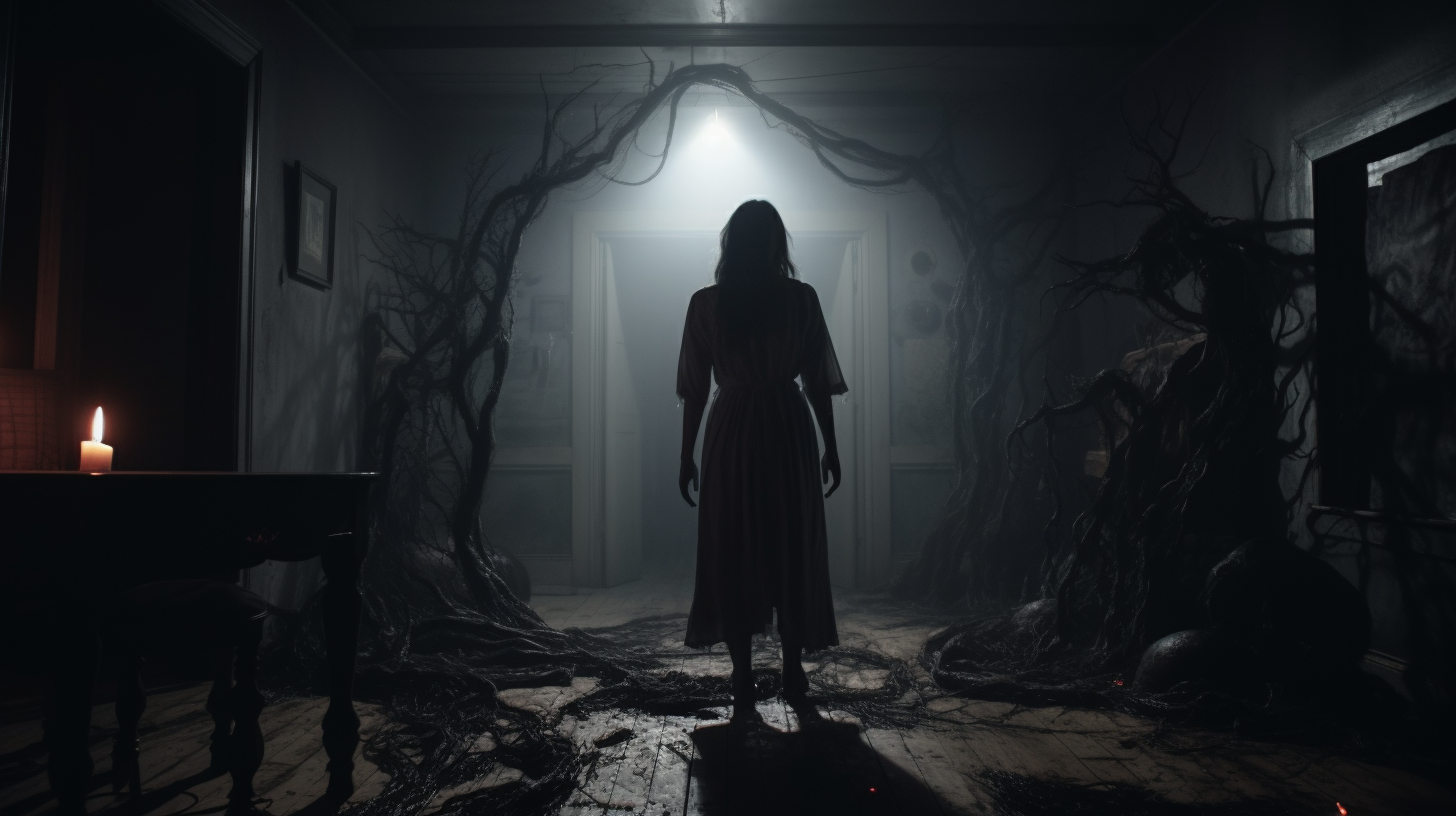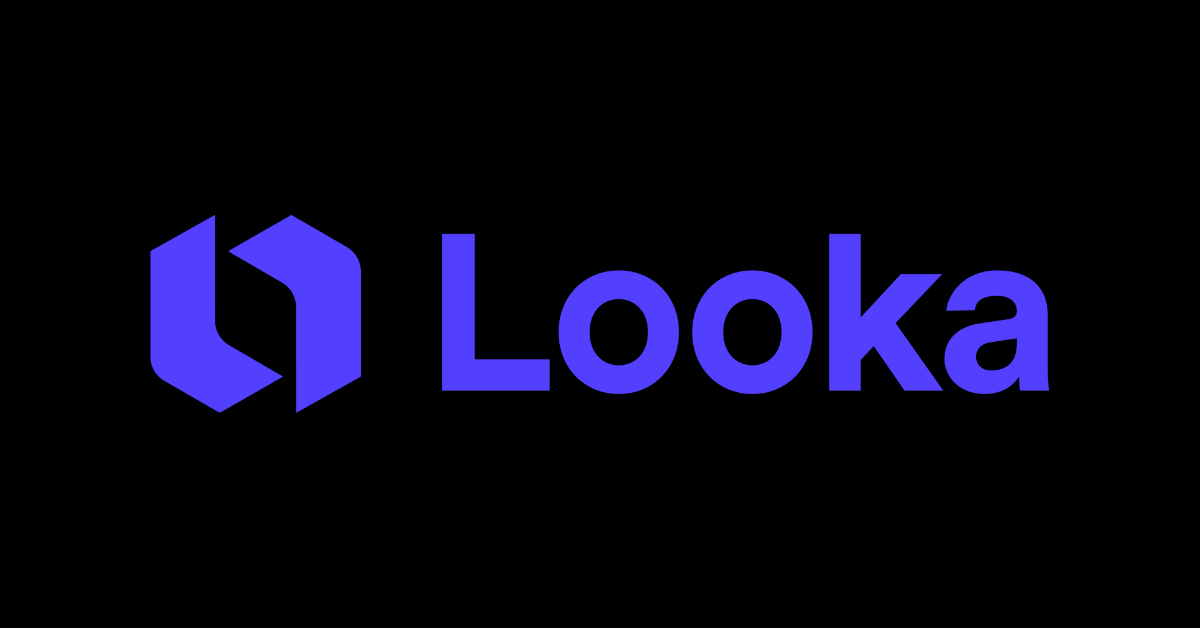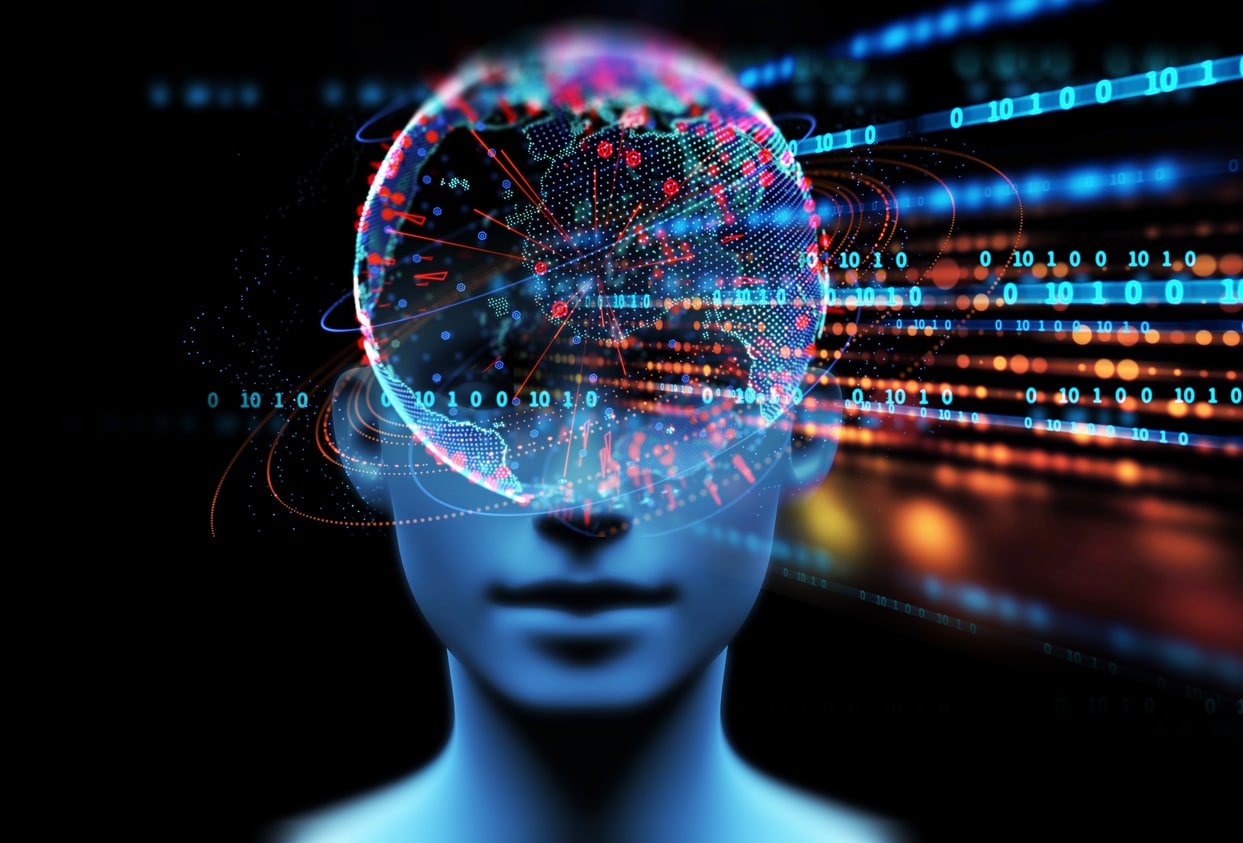Unveiling the Future of Art with DALL-E 2
Art aficionados, welcome to another insightful exploration with Wisefuss! Today, we embark on a journey into the cutting-edge realm of technology as we unravel the mysteries surrounding OpenAI’s groundbreaking creation – DALL-E 2. This revolutionary AI system holds the promise of transforming mere text descriptions into photorealistic images, reshaping the landscape of art creation and consumption. Join us as we delve into the capabilities of DALL-E 2 and envision the exciting possibilities it holds for the future of artistic expression.
The Evolution of DALL-E:
OpenAI’s DALL-E 2 is the successor to the original DALL-E system, introduced in 2021. While the first iteration could generate images from text descriptions, DALL-E 2 takes this capability to the next level with higher resolution and greater comprehension, ushering in a new era in AI-generated art.
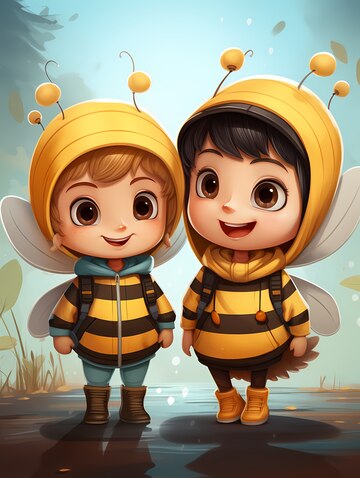
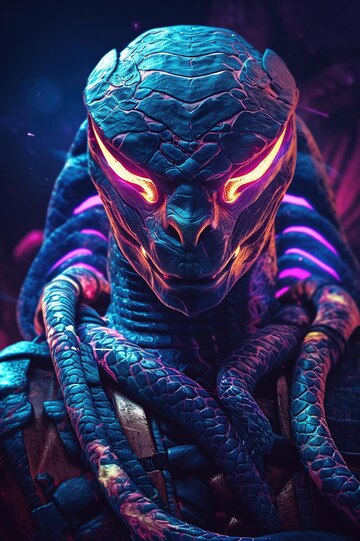
How DALL-E 2 Works:
DALL-E 2 operates by being trained on an extensive dataset of images paired with corresponding text descriptions. When provided with a text description, the AI utilizes its deep learning algorithms to generate a photorealistic image that faithfully mirrors the given description. For instance, inputting “A koala bear sitting on top of a bookshelf” results in an image perfectly matching the textual depiction.
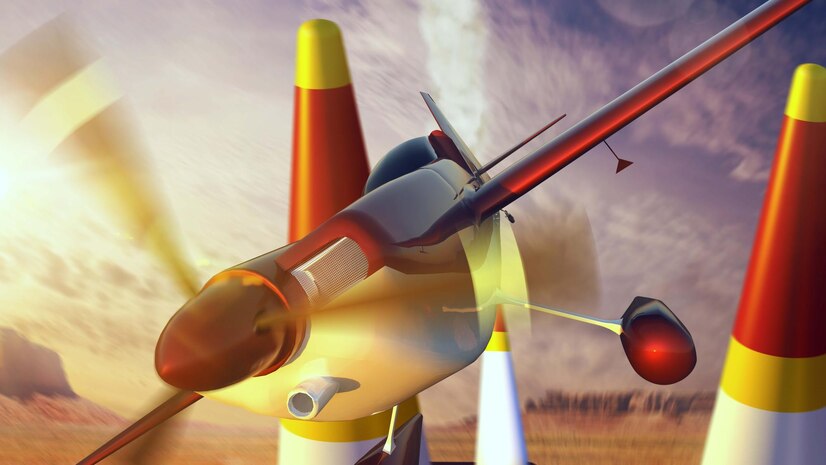
The creative possibilities seem boundless with DALL-E 2. It can seamlessly create anything from a robot painted in the style of Picasso to a monkey engrossed in a game of basketball. What sets it apart is its ability to realistically edit and retouch photos using the “in-painting” feature, filling in or replacing parts of an image with AI-generated content that seamlessly blends with the original.
Beyond Artistic Creation:
DALL-E 2 isn’t solely about artistic creation; it offers insights into how advanced AI systems perceive and understand our world. Trained through deep learning on images and their textual counterparts, DALL-E 2 not only comprehends individual objects but also learns relationships between objects. This could pave the way for significant advancements in artificial intelligence, enhancing our understanding of how AI systems interpret the world.
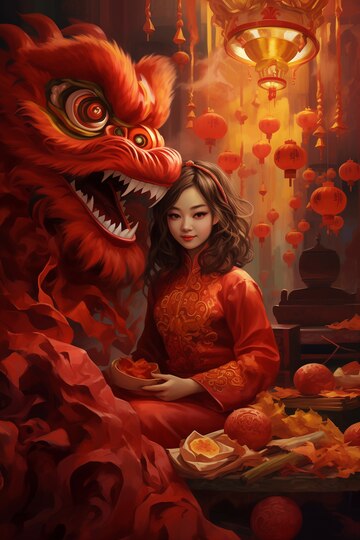
Limitations and Collaborative Potential:
While DALL-E 2 boasts impressive capabilities, it is not without limitations. Incorrectly labeled objects may lead to inaccuracies in generated images, and unfamiliar objects may result in the system offering its best guess. However, rather than replacing humans with machines, DALL-E 2 exemplifies how technology can enhance our creative potential, amplifying our abilities to push the boundaries of what we once deemed possible.
Conclusion:
In concluding our exhilarating journey into the realm of DALL-E 2, the future of art stands at the cusp of transformation. OpenAI’s latest creation not only surpasses its predecessor but also challenges preconceived notions of what is achievable in the realm of AI-generated images. From whimsical scenes of robots adorned in Picasso-esque strokes to playful depictions of monkeys engaged in basketball, DALL-E 2 invites us to dream, imagine, and create without constraints. The future of art is evolving, and DALL-E 2 stands as a beacon, illuminating the path to uncharted artistic possibilities.

